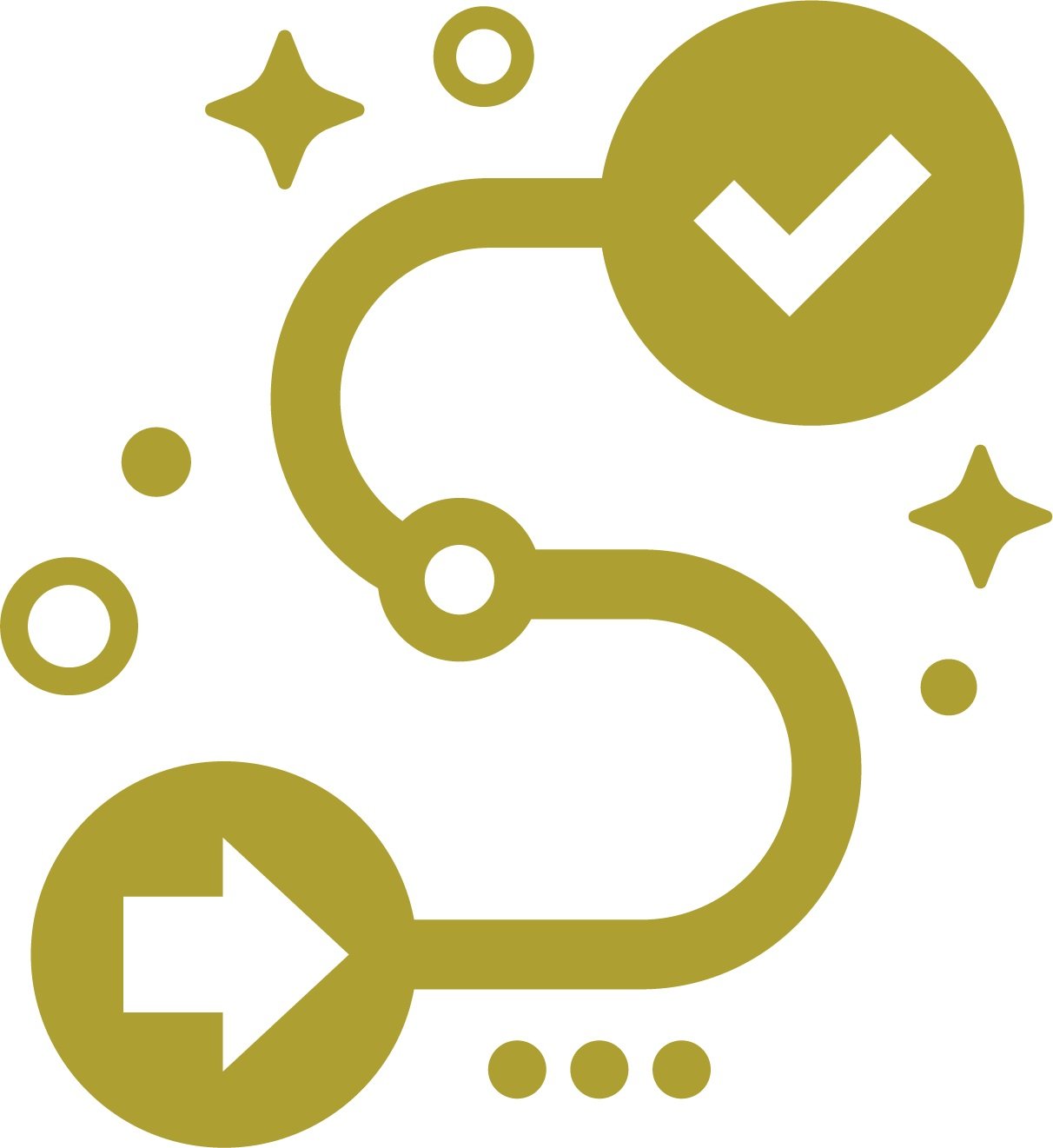Empowering creativity through structured systems.
Design isn't just about aesthetics; it's about creating systems that enable creativity to flourish. I specialize in designing workflows and processes that enable creative teams to operate more efficiently and effectively.
My Approach
Design Systems: Developing scalable systems that ensure consistency across all design outputs.
Workflow Optimization: Streamlining processes to reduce bottlenecks and accelerate project timelines.
Cross-Team Collaboration: Facilitating seamless communication between creative and development teams.
Tool Integration: Implementing and managing tools like Excel, Sharepoint, and Outlook to enhance productivity.
WHY IT MATTERS
Efficient design operations lead to:
-

Faster project delivery
-

Improved team collaboration
-

Higher quality outputs
-

Greater creative satisfaction
SELECT OPERATIONS PROJECTS
Navigating Efficiency: Standardizing File Structures to Boost Productivity
Challenge:
In our fast-paced creative environment, inconsistent file naming and disorganized folder structures led to confusion, duplicated efforts, and time wasted searching for assets. Each team had a system—or lack thereof—making cross-functional collaboration cumbersome and onboarding new members challenging.
Solution:
I spearheaded the development of a comprehensive file and folder organization strategy.
This included:
Standardized Naming Conventions: Implemented clear, descriptive naming protocols incorporating elements like project name, date, version number, and content type (e.g, region _ channel _ gender _ month _ year.ind)
Hierarchical Folder Structures: Established a logical, scalable folder hierarchy reflecting project workflows, making it intuitive for team members to locate and store files.
Documentation and Training: Created a user-friendly guide outlining the new conventions and conducted training sessions to ensure team-wide adoption.
Impact:
The standardized system transformed our file management, resulting in:
Enhanced Efficiency: Reduced time spent searching for files, allowing more focus on creative tasks.
Improved Collaboration: Facilitated smoother cross-team interactions, as everyone could easily access and understand the file system.
Scalability: Provided a robust framework adaptable to future projects and team expansions.
This initiative not only streamlined our current operations but also laid a solid foundation for sustainable growth and collaboration.
Global Harmony: Standardizing Templates to Unify Visual Branding
Challenge:
Our international teams were producing documents that varied in format, leading to inconsistencies and a diluted brand identity. The lack of standardized templates made creating these presentations and documents time-consuming and error-prone.
Solution:
I spearheaded the creation of a suite of templated documents, including briefs, reports, and presentations. Collaborating with global team members, I ensured these templates met diverse regional needs while adhering to our brand guidelines. Each template featured predefined styles, placeholders, and instructions to guide users.
Impact:
The adoption of these templates reduced formatting errors and significantly improved brand consistency across markets. Team members could produce documents more quickly, allowing teams to focus more on content quality and other responsibilities.
Visual Cohesion: Developing Asset Libraries for Consistent Design Language
Challenge:
Many of our design assets lacked uniformity, with teams using various icons and rendering styles. This inconsistency not only affected the visual identity but also slowed down the design process, as designers often had to recreate assets from scratch.
Solution:
I initiated the development of centralized icon and rendering libraries. By auditing existing assets and identifying common needs, I curated a cohesive set of icons and rendering styles. These libraries were integrated into our design tools, making them easily accessible to all team members.
Impact:
The standardized libraries enhanced visual consistency across all deliverables and reduced overall asset creation time. Designers could now focus on creativity rather than reinventing the wheel, leading to more efficient workflows and a stronger brand presence.
Synchronizing Creativity: Implementing a Unified Production and Photo Shoot Calendar
Challenge:
Our creative team constantly juggled multiple projects, each with its own set of deadlines, assets, and collaborators. Without a centralized system, scheduling photo shoots and tracking production milestones became chaotic, leading to missed deadlines and last-minute scrambles.
Solution:
I developed a comprehensive production calendar that served as a single source of information for all ongoing projects. I created a visual timeline that outlined every phase — from initial planning to final delivery. This calendar included shoot dates, asset deadlines, and review cycles, all color-coded for clarity.
Impact:
The new system streamlined our workflow and reduced scheduling conflicts. Teams could now anticipate upcoming tasks, allocate resources efficiently, and ensure timely asset delivery. The calendar became an indispensable tool, fostering transparency and collaboration across teams






